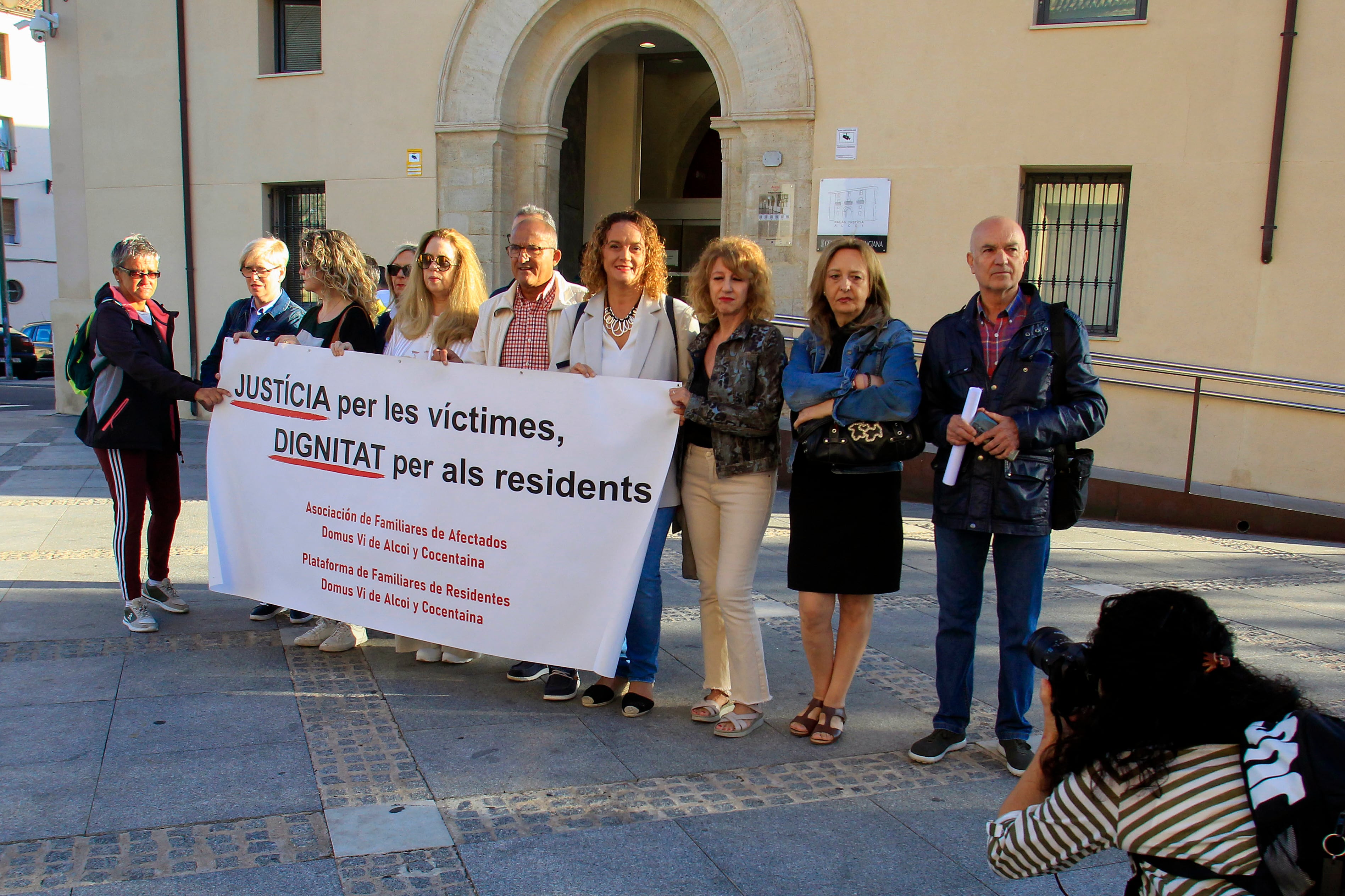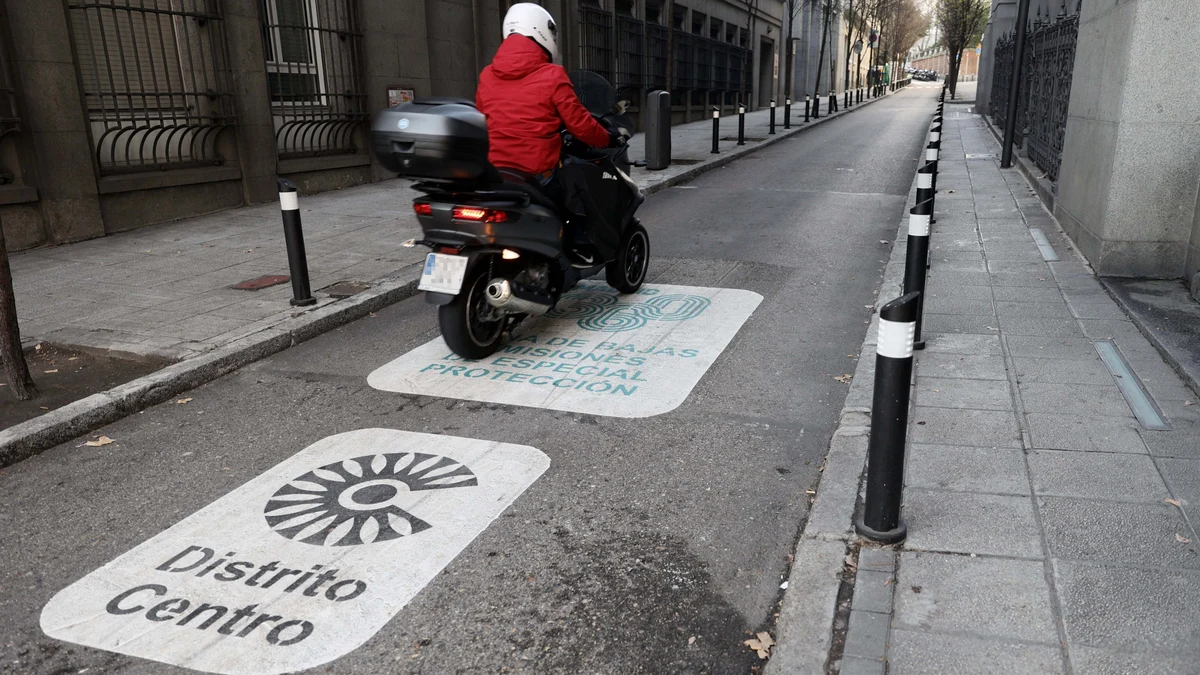What is a project labor agreement, and why are public officials in California so fond of them?
For example, take Proposition 2. This statewide measure is a $10 billion bond for construction and modernization of school facilities. This week, the executive director of the California Teachers Association said this spending is needed “remove or replace asbestos, mold, lead paint and lead pipes” from school buildings.
You might expect that Proposition 2 would contain language that specifically directs the bond funds to these high-priority needs.
You’d be wrong.
Instead, Proposition 2 awards “points” to “a school district project that includes the use of a project labor agreement.”
A project labor agreement is a “prehire” collective bargaining agreement for a construction project. It’s binding on all the subcontractors brought in to work on that project as well as the general contractor. As explained in a 1998 report on PLAs by the U.S. government’s General Accounting Office, “The National Labor Relations Act generally prohibits prehire agreements, but an exception in the act allows the agreements only in the construction industry.”
According to the GAO report, proponents of project labor agreements say there are economic advantages to a PLA, such as preventing labor unrest and work stoppages, uniform rules for different craft unions, and access to a skilled workforce “through the union referral systems.”
But opponents say PLAs, particularly in the public sector, “discourage competition by favoring union companies” and “result in higher costs due to the restricted number of bidders, higher union wages, and the imposition of union work rules.”
In California today, roughly 83 percent of the labor force in the construction industry is non-union, according to the U.S. government’s Bureau of Labor Statistics. These workers are unlikely to get jobs through the “union referral systems.” And by limiting subcontractors on a project to those who have signed onto a project labor agreement, countless small businesses in the construction sector are excluded from the opportunity to bid for that work and provide jobs to those non-union workers.
For taxpayers, it typically means government projects cost more, and the public gets less than promised. Since 1998, California voters have approved $54 billion in bonds for K-12 school buildings. Yet advocates for Proposition 2, the $10 billion bond for school buildings, are still claiming they need the money to remove asbestos and lead from the walls and pipes.
If there’s still asbestos and lead in the walls and pipes of California’s schools after all those billions of dollars, plus interest, where is the accountability for the decisions and priorities that directed all that spending? Who has been fired for it? Nobody. Clearly the safety of children in schools is not the highest priority of our government officials. It’s not as if they don’t know about the problems. Every two years like clockwork, deteriorating schools in low-income areas are exploited as props in TV commercials and campaign mailers demanding voter approval of more borrowing.
The argument can be made that the one true priority of the California Department of Education and many local school boards is to placate or reward political allies, specifically unions and their leaders.
California taxpayers are vulnerable to this game because California is one of the states that does not have a “right to work” law. In “right to work” states, no one may be required to be a member of a union as a condition of working. The balance of power tilts away from union leaders and their protectors in government, and toward taxpayers and the overwhelming majority of the workforce.
It’s not just PLAs that raise costs. In California, “all workers employed on public works projects must be paid the prevailing wage determined by the Director of the Department of Industrial Relations,” says that department’s website. The prevailing wage is essentially the highest union wage in the region.
So watch out for Proposition 5, also on the November ballot, which would make it easier to raise property taxes to pay for public works projects such as “infrastructure,” broadly defined, and government housing projects. The costs will be as high as possible.
Vote no on 2 and 5. Stop your tax dollars from supporting union leaders in the style to which they’re accustomed.
Write Susan@SusanShelley.com and follow her on Twitter @Susan_Shelley

























